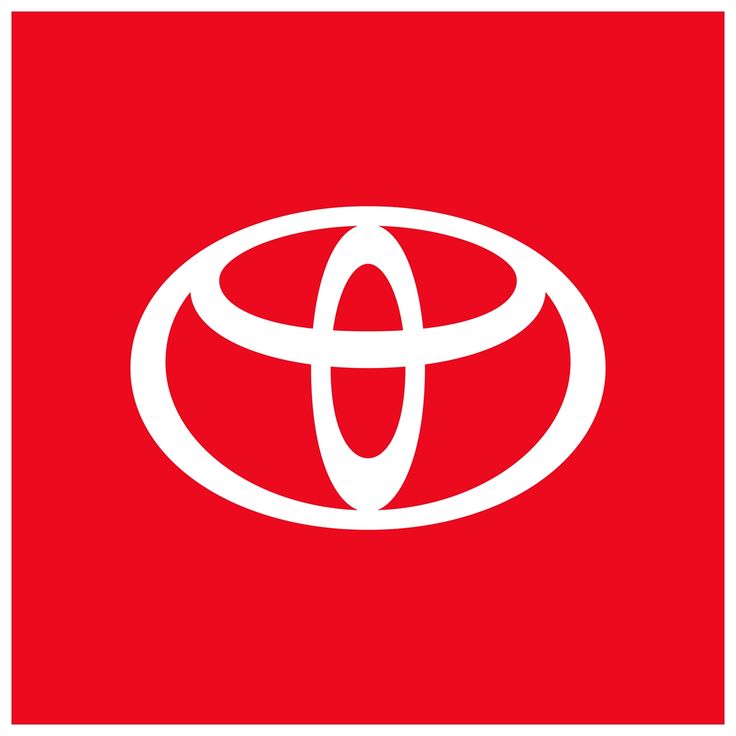Buying a new car is a big decision—and timing can make all the difference in how much you spend. While many believe that January is the perfect month to snag a deal, seasoned car shoppers and dealership insiders know otherwise. In fact, some of the best bargains arrive when you least expect them.
In this detailed guide, we’ll uncover the best times of the year to buy a new car, backed by expert insights, real-life dealership practices, and seasonal trends. If you’re looking to save thousands, avoid crowded lots, and get the perfect trim and color, keep reading.
The Car Buying Calendar: A Strategic Breakdown
To help you maximize savings and options, let’s take a closer look at the calendar. Timing your purchase is as important as negotiating price, financing, or trading in.
| Month | Deal Quality | Inventory Availability | Buyer Competition | Best For |
|---|---|---|---|---|
| January | ❌ Low to Medium | ✅ High | ✅ Low | Bargain hunting after holidays |
| February | ❌ Low | ✅ Medium | ✅ Low | Financing promotions |
| March | ✅ Medium | ✅ High | ⚠️ High | Tax return buyers |
| April | ✅ Medium | ✅ High | ⚠️ Medium | First quarter clearance |
| May | ✅ Medium-High | ✅ High | ⚠️ Medium | Memorial Day sales |
| June | ✅ High | ⚠️ Medium | ⚠️ High | Mid-year refreshes |
| July | ✅ Very High | ⚠️ Declining | ⚠️ High | Clearance events begin |
| August | ✅ Very High | ⚠️ Low | ✅ Low | End-of-summer sales |
| September | ✅ Top Deals | ⚠️ Medium | ✅ Low | Model year-end clearance |
| October | ✅ High | ✅ Medium | ✅ Low | End of fiscal year |
| November | ✅ Very High | ⚠️ Low | ✅ Low | Black Friday + year-end push |
| December | ✅ Best Overall | ⚠️ Low | ✅ Low | Final sales push + tax write-offs |
Why January Isn’t the Best Month to Buy
1. Inventory Is Often Leftovers
By January, dealerships have already cleared out most of their previous year’s inventory. What remains is often limited in color choices, trim levels, or options. You may not find the car you truly want.
FREE: Quickly identify and understand problems with your vehicle 🚘
CLICK HERE2. Fewer Manufacturer Incentives
Automakers tend to ramp up their promotions towards the middle and end of the year. January usually follows a heavy December discount season, leaving manufacturers and dealers less motivated to offer aggressive deals.
3. Low Trade-In Values
Because of post-holiday slowdowns, used car values may temporarily dip, meaning lower trade-in offers in January compared to later in the year.
So When Is the Best Time to Buy?
Let’s break down the best months and why they stand out:
1. End of the Model Year (August to October)
This is the golden window for new car buyers. Here’s why:
- Dealers are eager to clear out last year’s models.
- Manufacturers offer steep rebates to move inventory.
- You’ll still find a decent selection—just before the new arrivals dominate the lot.
🔑 Pro Tip: Visit on a weekday morning in late September when foot traffic is low and managers are motivated to make deals.
2. Holiday Weekends (Memorial Day, Labor Day, Black Friday)
Holidays are not just for mattress sales—they’re goldmines for car buyers too.
- Memorial Day (May): Often signals the start of summer sales. Automakers want to get a jumpstart before new models roll in.
- Labor Day (September): Tied with model-year clearance sales, this weekend usually offers excellent pricing.
- Black Friday (November): Dealers often bundle incentives, extended warranties, and financing promos to drive traffic before the year ends.
3. End of the Calendar Year (Late December)
The absolute best time to buy, statistically and strategically, is between December 26 and December 31.
Why?
- Sales Quotas: Salespeople and managers are scrambling to meet end-of-year goals.
- Tax Reasons: Buyers looking to write off a purchase for business tax purposes tend to flood the market, prompting competitive deals.
- Quiet Dealerships: Most people are home for the holidays, so you get more attention from the staff.
🛍️ Hot Tip: Go shopping around 2–3 PM on New Year’s Eve. You’ll be surprised how flexible managers get just to close the books.
What About the Best Day of the Month?
Dealerships often work on monthly quotas, so the last few days of each month are ideal. Combine that with a slower weekday, and you’ve got a perfect formula:
- Best Days: 28th–31st of any month (or 27th if month ends early)
- Best Times: Before lunch (staff is fresh and eager), or just before closing (they want to finish a deal quickly)
Buying During New Model Releases: Good or Bad?
Pros:
- First to own the latest tech and features
- Better resale value over time
Cons:
- Higher prices
- No discounts or incentives yet
- Risk of first-year bugs
Unless you must have the newest model, wait a few months for incentives to kick in.
Weather Can Affect Deals Too
Believe it or not, weather plays a role in pricing and availability.
- Rainy or snowy days: Showrooms are empty—dealers may jump on any lead.
- Mild sunny weekends: Expect crowds and tighter deals.
☔ Pro Tip: Shop during bad weather. It’s a psychological edge—dealers don’t want to miss a rare walk-in.
Leasing vs Buying: Does Timing Still Matter?
Absolutely. Lease specials align with all the seasonal patterns discussed. However, leases often come with shorter deadlines—so end-of-month or quarter-end dates are even more crucial.
Keep an eye out for:
- Zero-down leases
- Reduced monthly payments
- Loyalty bonuses
Don’t Forget Dealer Holdbacks and Bonuses
At the end of the year or fiscal quarter, many dealerships receive bonuses from manufacturers for hitting targets. These bonuses allow sales managers to cut deeper into their profit margin just to reach quota.
Knowing this gives you leverage. A manager may give you a “no profit” deal if it means unlocking a five-figure manufacturer bonus.
Best Time to Buy Specific Car Types
| Car Type | Best Month to Buy | Why It Works |
|---|---|---|
| SUVs | August–September | Clearance + new model arrivals |
| Sedans | October–December | Slower demand = better deals |
| Trucks | March–May | Spring incentives and farm sales |
| Convertibles | October–January | Off-season = steep discounts |
| Luxury Cars | December | Bonus season = more cash buyers |
| Electric Vehicles | December | Year-end tax credits and rebates |
Worst Times to Buy a Car (Avoid These)
🚫 Early January
- Prices reset, incentives dry up
🚫 Mid-Summer (June)
- High demand, especially for SUVs and trucks
🚫 New Model Launch Week
- Limited availability, no promotions
Tips to Maximize Your Deal Anytime of Year
- Get pre-approved for financing before stepping into the dealership
- Know the invoice price, not just MSRP
- Use multiple quote services to compare offers
- Schedule your test drive on a slow weekday
- Negotiate your trade-in separately after settling on purchase price
- Look for dealer cash and hidden incentives on manufacturer websites
Final Verdict: It’s Not January—It’s December (or September)
Despite popular belief, January isn’t the prime month to buy a car. While the showrooms may be quiet, the real deals come later in the year, when dealers are racing against quotas, clearing out last year’s models, and offering massive incentives.
If you’re serious about saving money and getting a deal you can brag about, circle these times on your calendar:
- End of September: Ideal for clearance sales
- Thanksgiving to New Year’s Eve: Best overall combo of selection, price, and flexibility
Remember, the savvy shopper doesn’t just walk in randomly—they time it perfectly.
Now It’s Your Turn
Which month has worked best for you when buying a new car? Have you ever scored a deal during a holiday or year-end push?
If you’re planning your purchase soon, use this guide to your advantage. And remember—when it comes to car shopping, the early bird might get the worm, but the patient buyer gets the best deal.
✅ Bonus: Checklist Before You Buy
- Check dealer websites for sales events
- Get pre-approved for a loan
- Research invoice prices and holdbacks
- Get quotes from 3+ dealerships
- Pick a slow weekday to negotiate
- Time your purchase at month/quarter/year-end


Leave a Reply